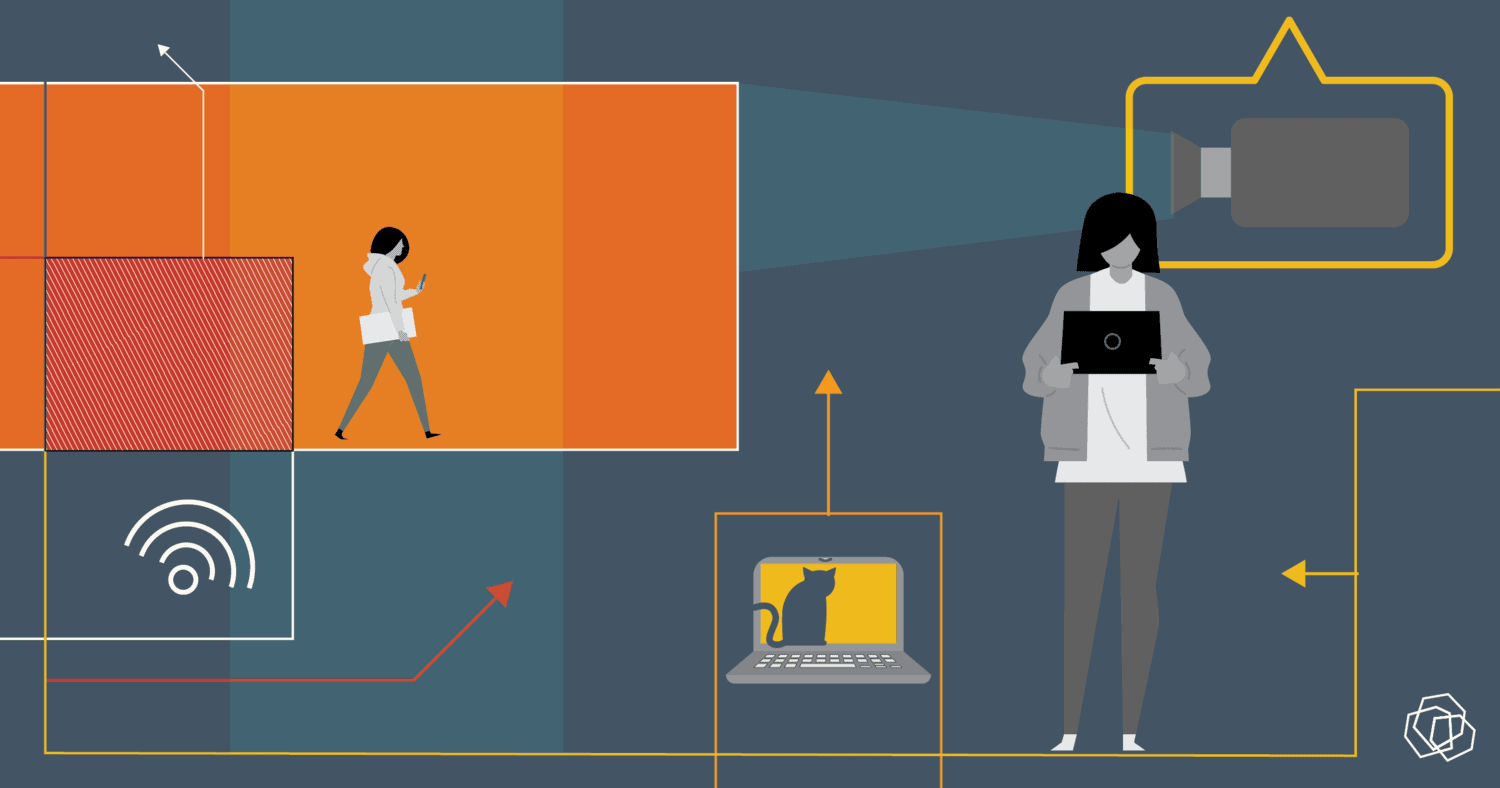It is no doubt that the current situation we are living in has transformed how we experience services. In some cases, it has accelerated the adoption of new service interactions such as:
As a service designer observing how society, in general, is reacting and experiencing the “new normal”, I have noticed that when sharing content with others and collaborating over video calls, I end up feeling mentally exhausted. According to experts, “video chats mean we need to work harder to process non-verbal cues like facial expressions, the tone and pitch of the voice, and body language; paying more attention to these consumes a lot of energy.”
After realizing how I felt, I started to think about what mechanics could help alleviate this communication stress. I realized that there is an effective way to share content and communicate intent in a remote setting—pre-recorded video content. By observing this in detail, I’ve noticed that if used in a pragmatic way, it can decrease communication fatigue.
This idea of creating asynchronous videos for school subjects, meeting topics, global events, and even remote workshops may present an opportunity to redefine how we absorb content and communicate intent.
Here are some initial thoughts on why you might want to consider this component in your next design project:
- In the e-learning educational field, asynchronous videos empower students to learn at their own pace, students can watch the entire class or parts of it to help them recall information more clearly. Universities have been using a method called the flipped classroom. This methodology brings the learner to the center of the experience, although it relies on a higher pre-work effort, once students/learners interact with their instructors/professors in a synchronous way their interaction becomes more objective and simple.
- In the corporate world, this idea of pre-recording bigger announcements is not new, but imagine if team leaders who rely on face to face interactions with their teams could use pre-recorded videos that speak to key project objectives, value propositions, and outcomes? That way when team members reach a decision point in the process, they can re-watch the video to remind them of what is important. Maybe it can even avoid unnecessary scheduling of “meetings to have a meeting about a meeting.”
- I’ve also started to see the use of pre-recorded videos in the entertainment industry. Disney Plus just released Hamilton (Broadway play, super expensive, you can never get tickets to see it) in their exclusive online streaming service, enabling viewers to watch and rewatch as many times as they want, and grant access to those who never thought they would be able to see it. Most recently, I volunteered in a global event called PRIMER Conference where the core event team did a masterful job of pivoting an in-person event to a full remote event. Pre-recorded videos are used as options for speakers to be able to provide high-level content by avoiding live technology issues and making presenters more comfortable in recording their content at their own pace. With that, participants were able to enjoy watching the pre-recorded video, and afterward, the presenter and participants engaged in a post-watch live Q&A. By doing this, it accelerated the post-production process and allowed organizers to share the content more easily and quickly with the larger audience.
- Last but not least, in the design world, what if we start to take advantage of pre-recorded videos to use them to coach/mentor/instruct participants on what to expect from a remote session and help them become familiar with the objectives beforehand? If successfully done, it might save time in explaining the why behind the exercise, which, in turn, would help gain more time to produce content and use the remote meeting time wisely (our collaborative time with clients has been reduced tremendously.)
- According to the latest Fast Company article, Peter Arvai, CEO of Prezi, believes that asynchronous video meetings will be the fastest-growing type of communication as the COVID-19 crisis drags on.
Here are some considerations when producing the pre-recorded videos: make sure you have a content strategy in place and know what key objectives you are trying to communicate. Smartphones can record good quality videos, so no need to invest in an expansive set up to record them. Be mindful of the video length due to attention span and the file size of the video as viewers may not have high-speed internet access.
Overall, the main idea here is:
How might we take advantage of asynchronous videos to help create meaningful content, provide avenues for clearer communication, and utilize the remote synchronous time more thoughtfully?
This content was inspired by personal experiences, one-off conversations with colleagues, family, secondary research and Making Distributed Team Work podcast from Sam Harris with Matt Mullenweg about five levels of autonomous organizations
